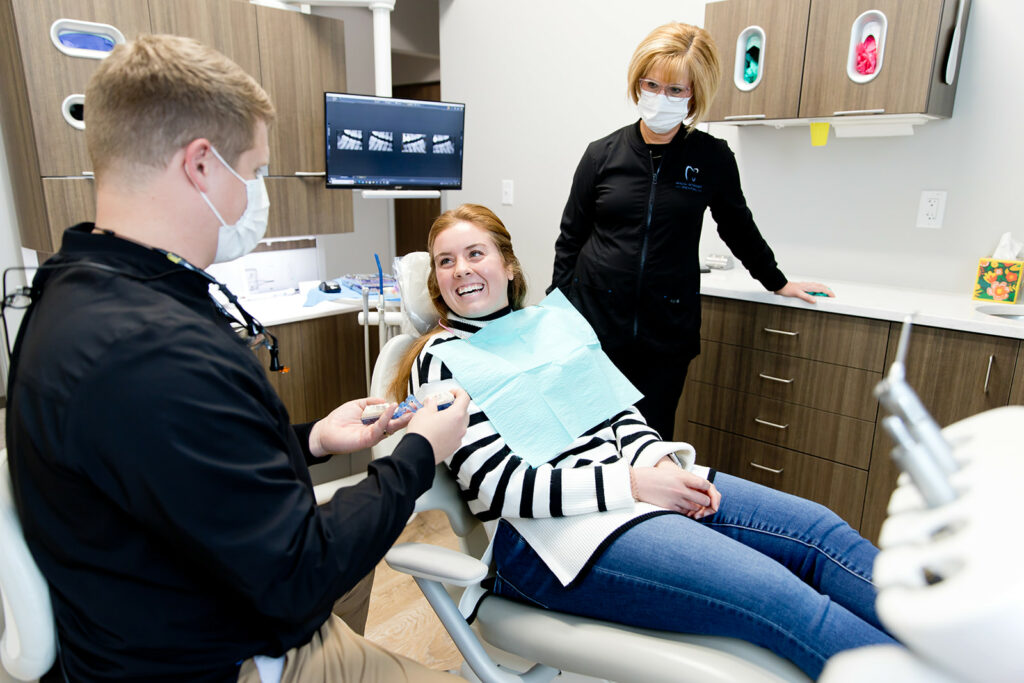Serving the Ames Area
for Over 30 Years
Welcome to Main Street Dental, your trusted destination for exceptional dental care in Ames, Iowa. At our modern and welcoming clinic, we prioritize your oral health and well-being. Our dedicated team of skilled professionals is committed to providing comprehensive dental services tailored to your unique needs. Whether you’re due for routine check-ups, considering cosmetic enhancements, or in need of restorative treatments, we are here to deliver outstanding care in a comfortable environment. Explore our range of services designed to promote a healthy and beautiful smile. Join us at Main Street Dental, where personalized, patient-centric care is our priority.
Your confident, radiant smile begins with us!











